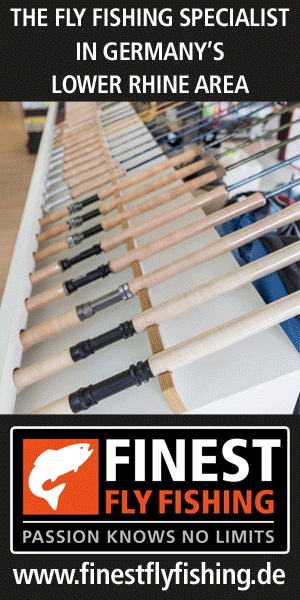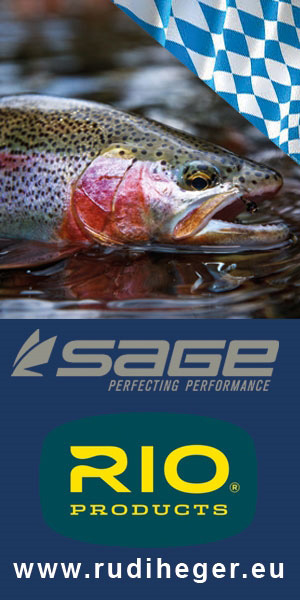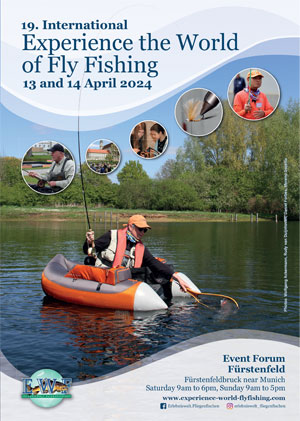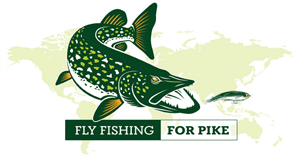Salmon & Trout Conservation Scotland makes a formal complaint to European Commission on Scottish Government’s failure to address the impacts of sea lice parasites produced by Scottish salmon farms threatening west coast wild salmon and sea trout. The Scottish Government is called upon to improve dramatically the protection of wild salmon and sea trout from harm caused by poorly-managed marine salmon farms and remedy breach of European law.
Salmon & Trout Conservation Scotland (S&TCS) has today submitted a formal complaint to the European Commission over the failure of the Scottish Government to do enough to control the sea lice parasite issue on Scottish salmon farms, which threatens the survival of key wild salmon and sea trout populations. Wild fish conservation bodies in Scotland have very long standing and widespread concerns about lack of appropriate measures being put in place by the Scottish Government to control the impact on wild salmon and sea trout through the production and release by salmon farms of billions of juvenile sea lice on the west coast and off the islands of Scotland.

However, these threats are not being addressed by effective regulation and control of sea lice numbers on Scottish fish-farms. Statutory regulation is essential to protect wild fish populations that are already significantly reduced (Notes 1 to 5).
Andrew Graham-Stewart, Director of S&TCS, said: “The threat to wild salmonids – both Atlantic salmon and sea trout – from sea lice from fish farms on the west coast and in the islands of Scotland is well recognised, but the response of the Scottish Government to these threats has been and remains inadequate. Despite our best efforts over many years, the Scottish Government has not been persuaded of the need to act robustly to deal with the sea lice issue.
S&TCS has been left with no choice but to ask the European Commission to intervene.”
As the graph below – drawn up using data published by the Scottish Salmon Producers Organisation – shows, the problem with sea lice on salmon farms is deteriorating, with a growing proportion of the salmon farming industry failing to keep lice levels down.

Thankfully, European law, in the form of the Marine Strategy Framework Directive (MSFD), required the Government to publish, before the end of 2015, a programme of measures necessary to achieve or maintain good environmental status in marine and coastal waters by 2020, and to put those measures into effect by the end of this year (2016).

Importantly the MSFD requires the Scottish Government to put measures in place to protect wild salmonid fish from the threat of sea lice from the fish farms.
However, the published programme of measures is inadequate to address the sea-lice issue and hence achieve the objectives of the Directive.
Mr Graham-Stewart continued: “We believe that when the Commission cuts through all the ‘warm words’ and examines the detail of what the Scottish Government claims to have done, it will conclude, as S&TCS has, that the Scottish Government’s actions to date and ‘business as usual’ measures proposed are insufficient and inadequate to comply with European law designed to protect the marine environment.”
Read the full story here:
http://www.salmon-trout.org/news_item.asp?news_id=392






